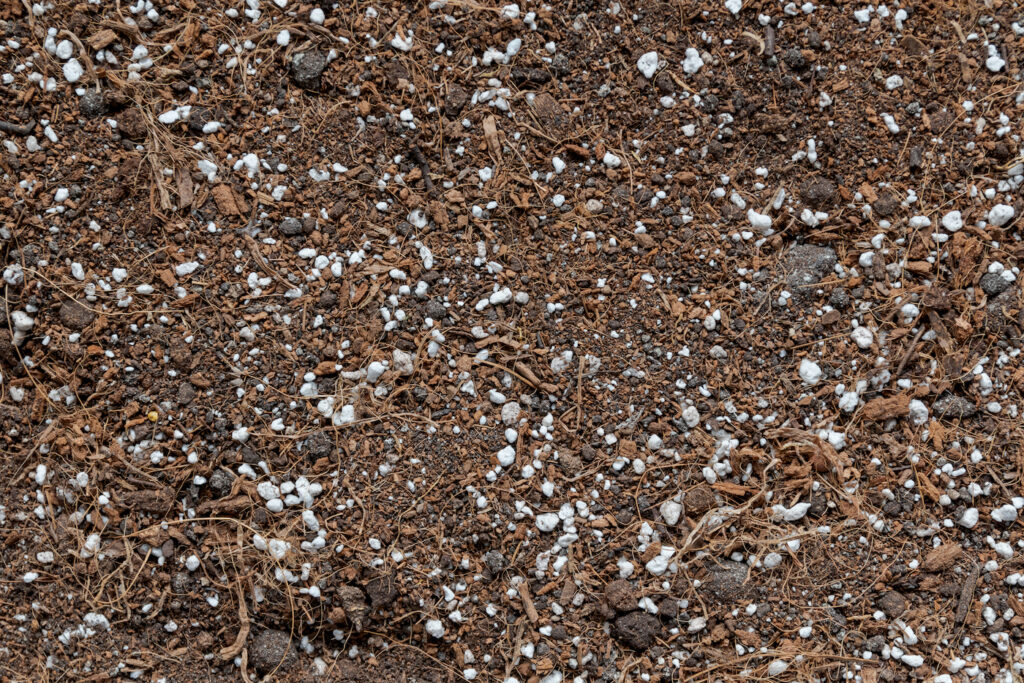No-till farming incorporates principles from biology, botany, horticulture, organic farming, soil science, and traditional agriculture. This eco-friendly approach reduces greenhouse gas emissions and waste generation while providing crops with a natural growing environment.
With no plowing required, farms save on labor and equipment costs associated with tillage. Cultivators also save on nutrients and water with more organic matter and microorganisms left in the soil. But more importantly for some growers, enhanced biodiversity in the soil can lead to a more balanced ecosystem able to produce consistent yields with highly robust and profitable terpene profiles.
What is no-plow farming?
No-till farming is an ancient agricultural practice where farmers don’t plow or turn the soil over between growing seasons. Instead, crops are planted directly into the residue of previous crops without disturbing the soil. This method of minimizing soil disturbance contrasts with traditional tillage, which involves plowing and preparing the soil before planting.


According to the U.S. Department of Agriculture, no-till has gained fresh momentum as a key soil health practice recommended by the Natural Resources Conservation Service.
6 no-till farming benefits
While no-tillage agriculture can lead to increased weed pressure initially, the long-term benefits tend to outweigh any extra work to control weeds in a more balanced ecosystem with fewer pests and diseases.
“Traditional horticulture operations will plant a crop, use that substrate one time, and dispose of it. It then goes to a landfill, or maybe a compost facility, but that grow room will never use it again,” said Josh Turner, president of cultivation at Green Meadows. “With no-till, we eliminate that waste stream by reusing soil and focusing on keeping the organism and bacterial populations happy.”
- Improves soil health: No-till farming helps maintain soil structure and health by reducing soil erosion, compaction, and loss of organic matter. The soil remains covered with crop residues, which helps in retaining moisture and enhancing microbial activity.
- Uses less water: By leaving crop residues on the surface, no-till farming improves water infiltration and reduces evaporation, leading to better water retention and less need for irrigation.
- Mitigate climate change: No-till farming can help with carbon sequestration by increasing the amount of carbon stored in the soil. The undisturbed soil and organic residues can capture and hold carbon that would otherwise be released into the atmosphere.
- Reduced fuel and labor expense: Since no plowing is required, farmers save on fuel and labor costs associated with tillage. This can lead to significant economic benefits, especially on large farms.
- Enhances biodiversity: No-till farming promotes biodiversity in the soil, supporting a variety of beneficial organisms like earthworms and microorganisms that contribute to soil fertility and plant health.
- Replicates of nature: No-till farming and living soil are as close to natural farming methods as possible. They’re better in many cases because they allow year-round cultivation instead of harvest cycles entirely dependent on the seasons.
How does no-till farming work?
“We’re taking indoor environments that are least like natural environments and using no-till and living soil to create as close to a natural environment as possible,” said Turner. “Basically, what plants would experience if they were outdoors. We also utilize a lot of the same species of bacteria, anywhere from 10,000 to 50,000 different species in just one teaspoon of soil.”
Along with regular seeding equipment, no-till farmers will also utilize roller crimpers and cover crops for crop rotation to avoid soil compaction, which can be one of the few drawbacks of this farming method.
No-till farming builds upon the living soil approach, allowing farmers to reuse their soil and crop residue over and over throughout the harvest processes for better nutrient cycling. As Turner mentioned, this conventional farming method vastly reduces the amount of waste that typically occurs during cultivation and allows for a wide variety of benefits that are great for cultivators, retailers, and consumers alike.
The Impact of No-Till Farming
There are a few possible drawbacks from no-till farming methods including vulnerability to disease in plant roots or nutrient lockout, especially if you’re inexperienced in this arena. However, if you have all of the right tools and knowledge to take on no-till farming with gusto, this is a great option that’s becoming increasingly popular in the United States as growers look for better crop yields in increasingly competitive markets.
The impact no-till farming is having on cannabis is significant. During the early days of legal weed, there were almost no living soil grows. Instead, everyone was using conventional agricultural methods that were highly wasteful and costly. However, this return to no-till farming is paying homage to Northern California’s medical market, which had the right idea in the first place.
“The medical market in California was fully embracing the regenerative sustainable approach to agriculture, as part of the countercultural movement so embedded in that region’s atmosphere,” said Turner. “Northern California became known as the premier source for quality cannabis in the world, and what made it best was living, no-till soils and full-season outdoor cannabis.
“The industry is trying to replicate what they’ve been doing in Northern California, aiming to get all of its benefits while still being able to grow year-round in controlled indoor environments,” Turner continued. “I think that’s why we’re seeing a lot of consumers demanding a clean, organic, no-till product from the market, and this trend will only continue.”
- SEO Powered Content & PR Distribution. Get Amplified Today.
- PlatoData.Network Vertical Generative Ai. Empower Yourself. Access Here.
- PlatoAiStream. Web3 Intelligence. Knowledge Amplified. Access Here.
- PlatoESG. Carbon, CleanTech, Energy, Environment, Solar, Waste Management. Access Here.
- PlatoHealth. Biotech and Clinical Trials Intelligence. Access Here.
- Source: https://mgmagazine.com/business/growing-horticulture/no-till-farming/




